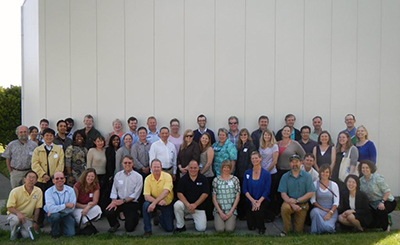Lessons Learned: Japan Tsunami Marine Debris Summary Meeting
All of us hope that it will never happen again, but... If years from now, a major disaster generates large amounts of debris, and the floating debris is carried away by ocean currents and wind to North America, the response community will benefit from the experience and lessons learned accumulated during the response to the Japan Tsunami Marine Debris (JTMD) event, which still on-going today.
The tragic tsunami that struck Japan on March 11, 2011, generated an estimated 1.5 million tons of debris, some of it still afloat and washing up intermittently on the West Coast of the US, British Columbia, Alaska, and Hawaii.
To share experiences, capture lessons learned, and generate recommendations for best practices for future such events, the NOAA Marine Debris Program and its partners convened in Seattle on May 13 and 14 for a Japan Tsunami Marine Debris Summary Meeting. Launched with ten background presentations that covered the efforts by NOAA, Japan, the impacted states, modelers and invasive species experts, the meeting continued in three break out groups: Response, Science, and Communications. The NOAA MDP will summarize and release a meeting proceedings document that will highlight the JTMD efforts thus far, and most importantly, provide lessons learned and recommendations, the main outcome of the meeting.
For more information about the JTMD Summary Meeting, contact Nir.Barnea@noaa.gov.
Go back to OR&R Weekly Report.

